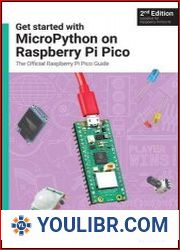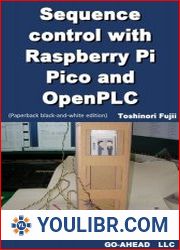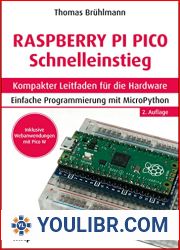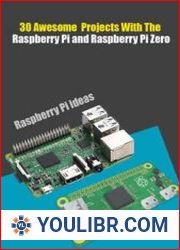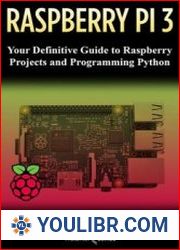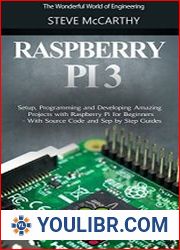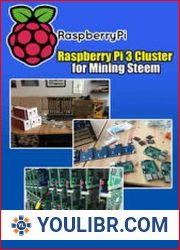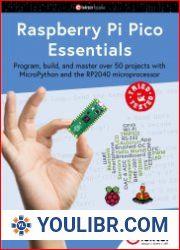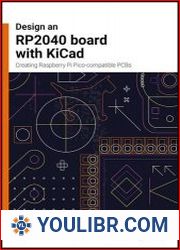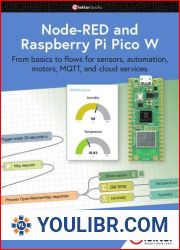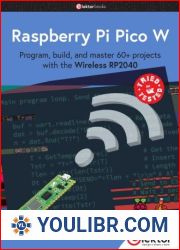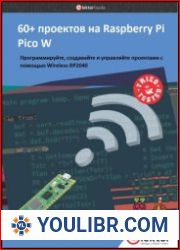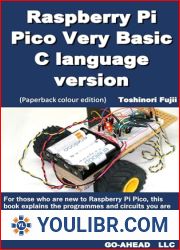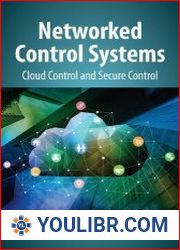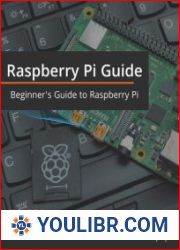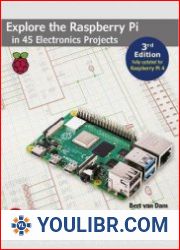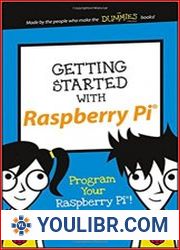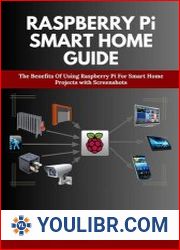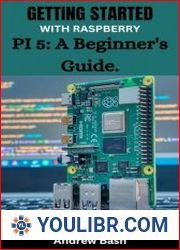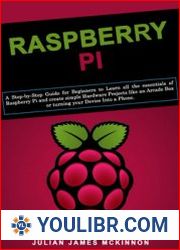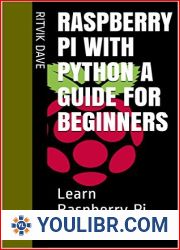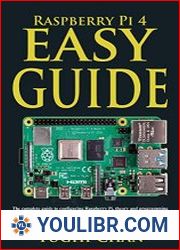
BOOKS - Sequence control with Raspberry Pi Pico and OpenPLC (white paperback edition)

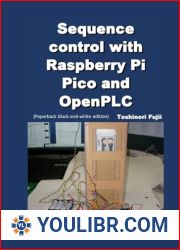
US $7.81

192307

192307
Sequence control with Raspberry Pi Pico and OpenPLC (white paperback edition)
Author: Toshinori Fujii
Year: May 25, 2024
Format: PDF
File size: PDF 63 MB
Language: English
Year: May 25, 2024
Format: PDF
File size: PDF 63 MB
Language: English
This is the black and white paperback edition of Sequence Control with Raspberry Pico and OpenPLC.Please note that this is the same content as "Sequence Control with Raspberry Pi Pico and OpenPLC".1.Introduction Now that OpenPLC has a new version and can be uploaded directly to the Raspberry Pi Pico, you can use the Raspberry Pi Pico and OpenPLC to learn sequence control. The Raspberry Pi Pico, like the Arduino, is a simple microcontroller board and, like the RaspberryPi, does not require an operating system to be included; the Raspberry Pi Pico is powered by the RP2040 (ARM Cortex-M0+ dual core 133 MHz), It is a single-board microcontroller that can be run in Python or C. It is also inexpensive, costing around $10. This book is aimed at those introducing OpenPLC and includes OpenPLC simulator experiments, breadboard experiments using a Raspberry Pi Pico, as well as line tracer production and operation experiments, and elevator production and operation experiments. The Raspberry Pi Pico has 6 digital inputs, 6 digital outputs, 6 analogue inputs and 2 analogue outputs, so you can easily learn sequence control, although it is a bit limited. There are also instructions on how to change the digital I O settings, and although the number of I Os is limited, you can change the number of I Os relatively freely. It took me about an hour to get started and get the Raspberry Pi Pico working with OpenPLC, so I would say that the Raspberry Pi Pico is one of the most suitable CPU boards as a first step to learning about IoT and sequence control. relatively easy to use, but there are few instructions and almost no information available when searching. For this reason, you can use this book to start learning sequence control with Raspberry Pi Pico+OpenPLC.Table of Contents1.Introduction2.Raspberry Pi 2.1 Raspberry Pi Pico W2.2 Installing the OpenPLC software (1) Installing the OpenPLC software (2) How to use the OpenPLC Editor (3) How to use the simulator (4) Operation experiment3.Elements for the experiment (1)LED(2) Resistance (1 4W)(3) Breadboard(4) Jumper wire (5) Variable resistors(6) CDS cell(7) Motor Driver(8) Photo reflector(9) Photocoupler4.Basic sequence circuits (1) make and break contacts(2) Basic logic circuits(3) Sequence basic circuitExample (1)~Example (14)5. sequence control with OpenPLC (1) Self-holding circuit (stop priority circuit) (2) Circuit that repeats ON OFF (Chapter 4, Example 7) (3) Circuit that turns ON after a certain time (Chapter 4, Example 10) (4) Periodic operation circuits (5) Circuit that turns on when the button is pressed 10 times (6) Analogue input circuit (7) Analogue output circuits (8) Analogue input output circuit (9) Motor control6 . Manufacture of a line tracing robot7 Fabrication of elevators (1) Making the experimental apparatus (2) Experimental circuit (3) Elevator operation experiment8. PostscriptAppendix (cut pattern)References








